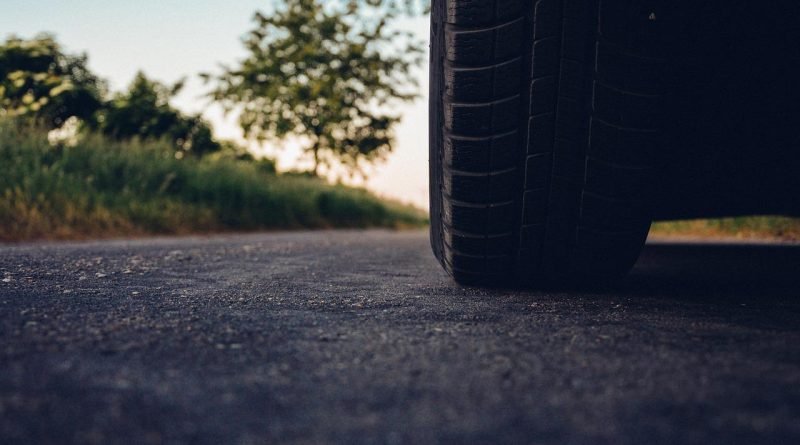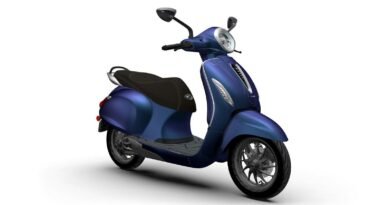How to Choose a Tyre with the Best Fitment for a Car?
Owning a car requires one to be vigilant with its maintenance and upkeep. You have to pay extra attention to the maintenance of the vehicle to avoid unnecessary repairs and sudden breakdowns. In addition, it also helps to elongate the vehicle’s life and enables the owner to gain more miles from the vehicle.
People need to invest in different components and important parts of the car during their ownership tenure to keep it functioning optimally.
Tyres are one such essential component of a vehicle; maintaining them can help drive much more comfortably. Proper tyres will enhance the grip and improve fuel efficiency and speed.
When buying new tyres for a motor, there are different factors one must keep in mind.
Understanding wheel and tyre sizes is imperative to choose the best one for a vehicle. If people choose a tyre with the wrong tread, grip, or size, it can lower the efficiency of the vehicle and decrease comfort.
The wrong-size tyre can lead to alignment issues, damage the steering rod, and hamper all the other parts of the vehicle.
Here are some of the wheel and tyre size basics folks must pay attention to.
- Pay attention to the fitment.
For those who don’t know, fitment refers to how a wheel and a tyre complement each other. Fitment is good if the tyre and the wheel fit well together.
If the wheel and tyres are too large or small, it can lead to various issues and hamper the motor’s handling.
- Factors that affect the fitment of a motor
- Wheel width – The wheel’s width is measured from the end of a sidewall to the end of the other sidewall. One must pay attention to the width of the tyre because if it is too big, it rubs against the fender and the car’s suspensions when they try to turn.
- Diameter – The wheel’s total diameter is measured from the outermost part of the tyre’s wall. The diameter must be suitable for the car. Otherwise, the tyre’s wall will rub against the upper fender when it drives over bumps.
- Profile size – The profile size refers to the thickness of the sidewall by the diameter. A lower profile means the sidewall will be thinner, whereas a higher profile tyre will have a more prominent sidewall. The profile size depends on the car’s alloys and the vehicle type.
Tips for the Best Fitment
- It will help in the decision-making process if you measure the wheel well size of the car and compare it with the size of the wheel you are planning to buy. For utmost comfort and performance, most car manufacturers recommend leaving a space of at least three inches in the front wheel well and one inch in the rear.
- Ensure the tyre is of the right profile as per your vehicle. The profile size may vary on the usage, the vehicle’s weight, and the driving style. If you live in an area where you have to deal with potholes, it is better to buy a high-profile tyre with prominent side walls as it will offer better protection against bumps and undulations.
So, this is a quick guide to help you choose the right tyre for your vehicle. If you pay attention to the basic factors and measurements of the car, then it will be easier for you to buy an ideal tyre.




